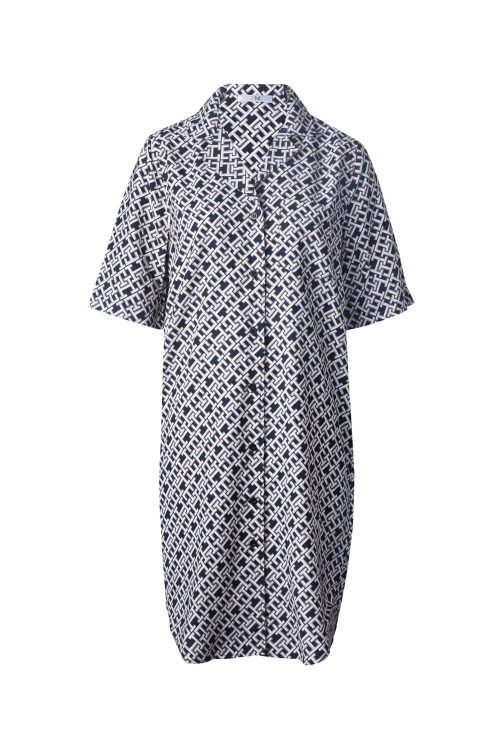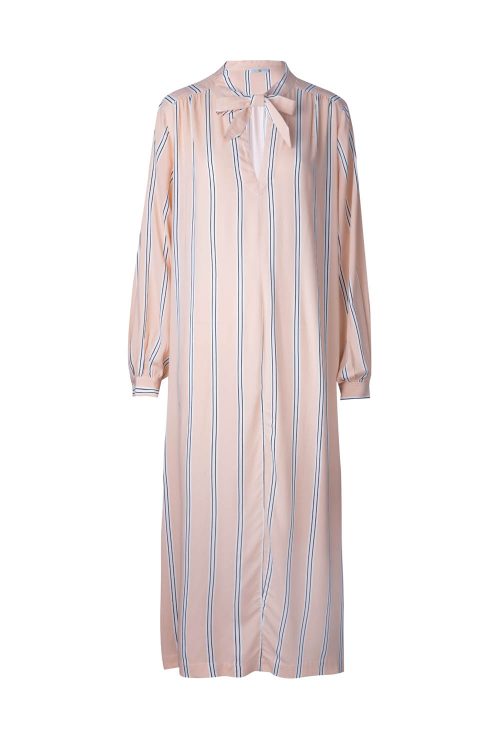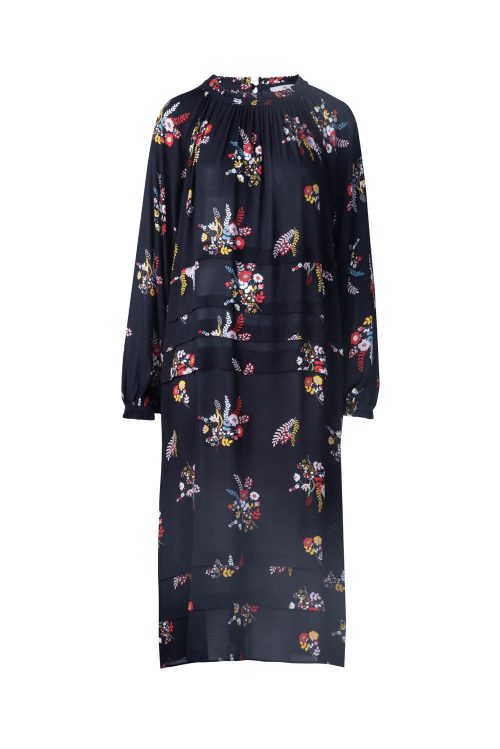
Introduction to OEM Indigo Apparel
Indigo, a dye with a rich history, continues to hold a significant place in the fashion industry, particularly in denim manufacturing. OEM (Original Equipment Manufacturer) partnerships play a crucial role in producing indigo apparel, allowing brands to leverage specialized dyeing techniques while focusing on design and global distribution.
Definition of OEM
OEM refers to the process where products are manufactured by one company but sold under another company’s brand name. In the context of indigo apparel, this means that the manufacturing and dyeing process is handled by a factory that specializes in these techniques, ensuring high-quality results.
Popularity of Indigo in Fashion
Indigo’s popularity stems from its distinctive blue color and unique fading properties, making it especially sought-after in the production of jeans and other casual wear. Its natural aesthetic and the way it ages beautifully over time appeal to a wide range of consumers.
Benefits of OEM for Indigo Apparel
Utilizing OEM for indigo apparel production offers significant advantages, from cost management to specialized expertise.
Cost-Effectiveness
OEM allows brands to produce indigo apparel at a reduced cost by capitalizing on the specialized facilities and bulk manufacturing capabilities of dedicated factories.
Expertise in Indigo Dyeing
Partnering with OEMs that specialize in indigo dyeing gives brands access to expert craftsmen and advanced dyeing technologies, ensuring authentic and high-quality products.
Key Features of Indigo Apparel
Indigo dyeing is both an art and a science, requiring precise techniques to achieve its signature look.
Unique Dyeing Process
Indigo dye does not easily bond with fabric, requiring multiple dips into dye baths to achieve the desired depth of color. This process, called vat dyeing, is what gives indigo-dyed fabrics their characteristic appearance.
Distinctive Fading Characteristics
Unlike other dyes, indigo fades in a way that produces a variety of blue hues, contributing to the ‘worn-in’ look that is highly prized in denim apparel.
The Manufacturing Process for Indigo Apparel
The manufacturing of indigo apparel is intricate, involving several stages from raw material to finished product.
Steps in Dyeing and Production
The process typically starts with preparing the yarn or fabric, followed by repeated dipping in indigo dye baths. Between dips, the fabric is exposed to air to oxidize the dye, fixing it to the fibers. After reaching the desired shade, the fabric undergoes finishing processes to prepare it for clothing manufacturing.
Quality Control Measures
Quality control is stringent in indigo apparel production, focusing on color consistency and fabric quality. Each batch is tested to ensure that the color meets the specific standards set by the brand.
Challenges in Producing OEM Indigo Apparel
Despite the benefits, producing indigo apparel through OEM partnerships presents several challenges.
Consistency in Dyeing
Achieving consistent color across different production batches can be challenging due to the natural variations in indigo dye and environmental factors in the dyeing process.
Environmental Concerns
Indigo dyeing traditionally involves chemicals that can be harmful to the environment. Managing these impacts is a significant challenge for OEM factories committed to sustainable practices.
Innovations in Indigo Dyeing Techniques
The indigo dyeing process is evolving with new technologies and sustainable practices that reduce environmental impact.
Sustainable Practices
Many OEMs are adopting sustainable dyeing methods, such as using organic indigo or water-saving technologies, to minimize the ecological footprint of their production processes.
Technological Advances
Innovations such as foam dyeing and digital dyeing techniques are being explored to enhance the efficiency and sustainability of indigo dyeing.
Selecting the Right OEM Partner for Indigo Apparel
Choosing the right OEM partner is crucial for ensuring quality and sustainability in indigo apparel production.
Criteria for Selection
Brands should evaluate potential OEM partners based on their dyeing expertise, environmental policies, and the ability to meet large-scale production needs without compromising on quality.
Ensuring Sustainability
It’s important for brands to partner with OEMs that adhere to sustainable manufacturing practices and have certifications from recognized environmental standards.
FAQs
What makes OEM indigo apparel unique? OEM indigo apparel stands out due to the specialized dyeing process that gives each piece its unique color and fading characteristics, beloved in fashion items like denim.
Why is consistency a challenge in indigo dyeing? Consistency is hard to achieve in indigo dyeing due to natural variations in the dye and the manual processes involved, which can result in slight differences from batch to batch.
How are OEM factories becoming more sustainable in indigo dyeing? OEM factories are adopting more sustainable practices, such as using organic dyes, recycling water, and implementing new technologies that reduce chemical use.
What should brands look for in an OEM indigo apparel manufacturer? Brands should look for manufacturers with expertise in indigo dyeing, a commitment to quality, and a proven track record of sustainable practices.




